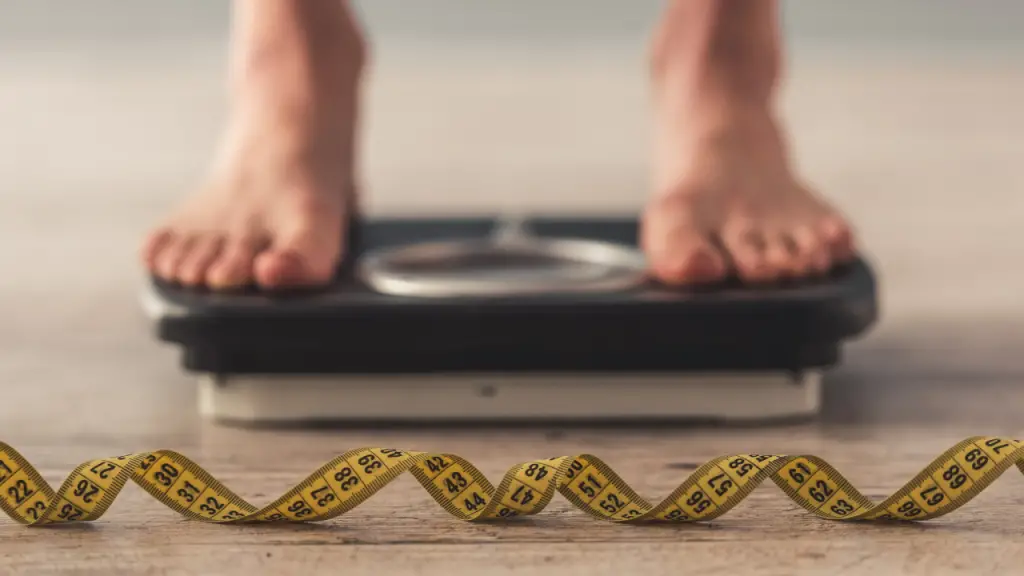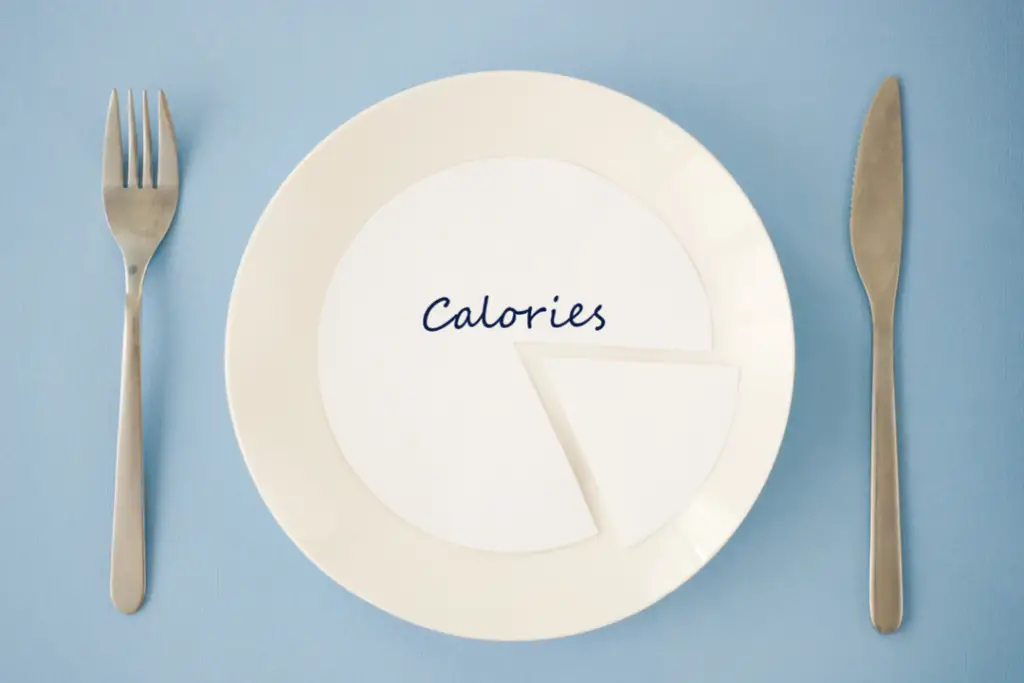Let’s be honest here, I have written about weight loss in perimenopause before (for example, How to Start Losing Weight After 40)! However, this post will be a bit different. Instead of providing my step-by-step formula to lose weight in perimenopause, I will focus on explaining how to pick the right intermittent fasting method for metabolic flexibility over 40.
Why You Gain Weight During Perimenopause
Why is it so easy to gain weight during perimenopause and so hard to lose it? I mean, losing weight is always hard, no question! However, it’s almost like a switch is turned on after 40 to make it that much more difficult. When I turned 40, I noticed that not only I couldn’t lose weight, but I had to feel constantly deprived and hungry to not gain weight! At some point, eating when I felt hungry was causing me to gain 2 lbs a month!
Perimenopause and Belly Weight Gain
I would say that the main reason women struggle with weight loss in perimenopause is insulin resistance. As we age, our metabolic health is decreasing and our insulin sensitivity is deteriorating. Consequently, many women will notice that they gain more belly fat.
Fortunately, there is a simple way to deal with your belly fat and improve your insulin sensitivity. It takes only 5 days! Keep reading to learn about this 5-day plan to lose belly fat during perimenopause.
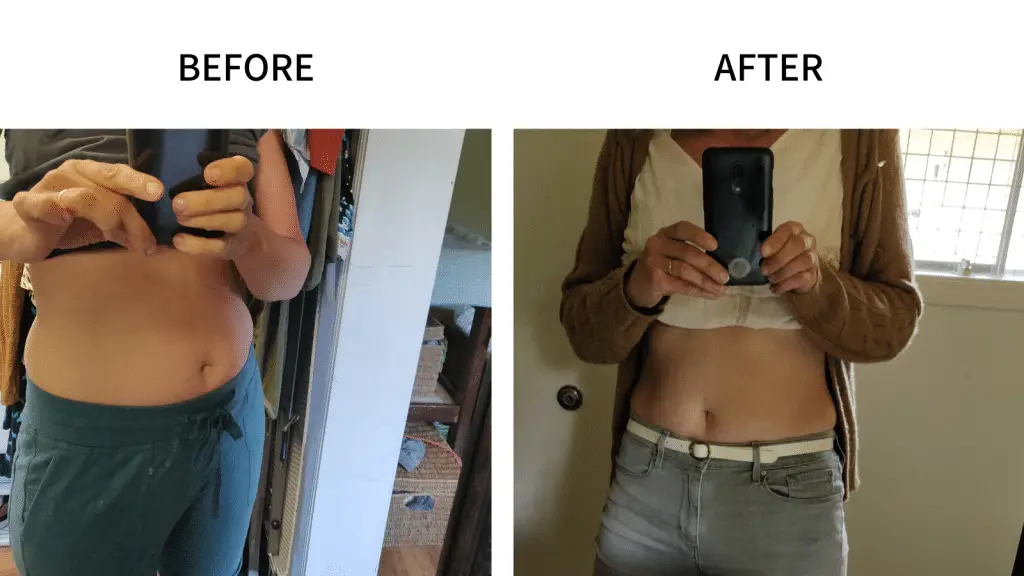
5-Day Plan to Lose Weight During Perimenopause
This 5-day plan to lose weight during perimenopause is a type of fast that I call modified fasting. A modified fast is a way to take advantage of the tremendous healing benefits of prolonged fasting while being able to enjoy nutritious foods.
Why a 5-Day Modified Fast
Did you know that fasting helps your body repair itself through a process called autophagy? The optimal fasting period for improved repair is typically set at about 3 days. However, many of us would find it nearly impossible to fast completely for 3 days or more. Fortunately, it turns out that a modified fast may even increase your healing compared to a water fast (read Fast Mimicking Diet Vs Water Fasting: Is One Better Than the Other? to learn more).

How to Do a Modified Fast
For your modified fast, you can purchase a kit called the Prolon Kit. Or you can come up with your own meal plan by following the following guidelines
- Consume ony plant based foods.
- Your calorie intake should be around 1,000 calories on the first day and 800 calories from day 2-5.
- Your macro nutrient ratio should be low in protein (about 9-10% of your total macros) while your fat and carb intake should be about the same (45% each). I am a bit more flexible around carb and fat percentages. I typically keep carbs around 45% or below but I don’t mind if my fat ratio goes higher.
Do you find the idea of creating such a meal plan a bit overwhelming? I have good news! I created many modified fasting meal plans so you don’t have to:
- Easy 5-Day Detox to Balance Your Hormones and Lose Weight
- The Easiest and Simplest Meal Plan Ever For Your Modified Fast
- My DIY Fasting Mimicking Diet Plan
- Fasting Mimicking Diet Meal Plan and Recipes
- 5 Prolon-Inspired Soup Recipes for a Modified Fast
Plus, my 30-Day Intermittent Fasting Transformation comes with an exclusive meal plan and recipe book. If you purchase my 30-Day Intermittent Fasting Transformation, you receive access to my Private Modified Fasting Facebook community. You can also join the community for the low cost of $10 (the group includes a soup meal plan, a preparatory video as well as videos where I show you how I make the recipes).
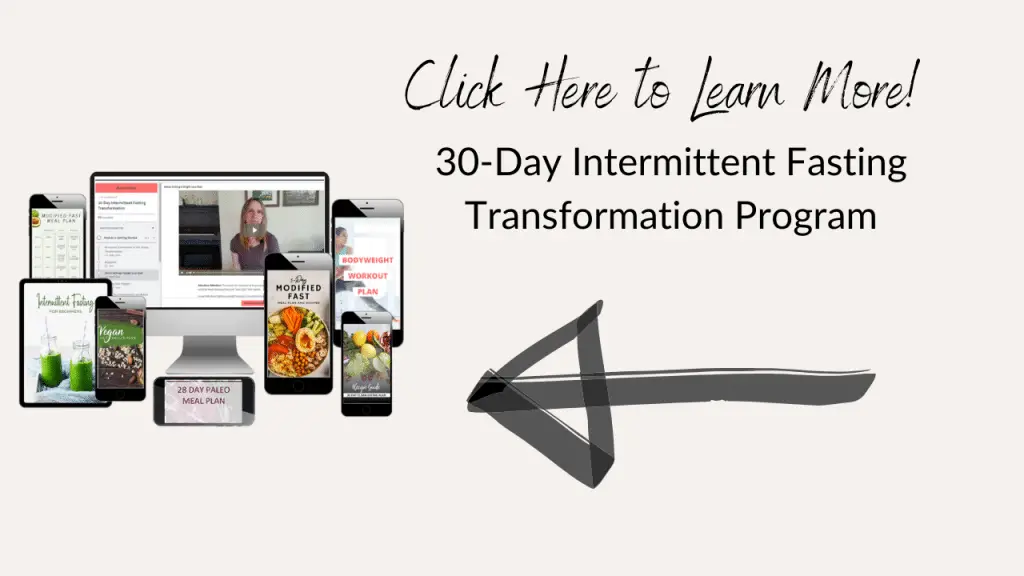
Best Diet for Weight Loss In Perimenopause
You will be happy to learn that the best diet for weight loss in perimenopause doesn’t involve feeling deprived constantly and having to do without your favorite foods. Instead, it involves unleashing the power of intermittent fasting to give you food freedom and decrease your desire for foods that don’t serve you well.
How to Use Intermittent Fasting for Weight Loss in Perimenopause
I recently had a conversation with an online friend who was telling me that intermittent fasting wasn’t right for her because it made her aggressive and moody. My initial reaction would have been to explain that mood swings from fasting are a symptom of carb dependency which could be helped the right through intermittent fasting method. I wanted to ask her questions about the intermittent fasting approach she had used to help her find a better one.
I didn’t. You know why? Because if you think something isn’t going to help, it’s not going to help. My job is not to evangelize everyone about the benefits of intermittent fasting. It’s to help those who are ready to start implementing it in a way that will actually yield results.

Finding an Intermittent Fasting Method That Works
Most people think that intermittent fasting is about skipping breakfast. It’s not! Intermittent fasting is also known as time-restricted eating and it includes many methods that allow you to eat breakfast most days.
When you pick your method for weight loss in perimenopause, I recommend you keep two very important factors in mind:
- Make sure you fast long enough to get in ketosis.
- Don’t fast every day.
Don’t forget to sign up for my Intermittent Fasting 101 Workshop!
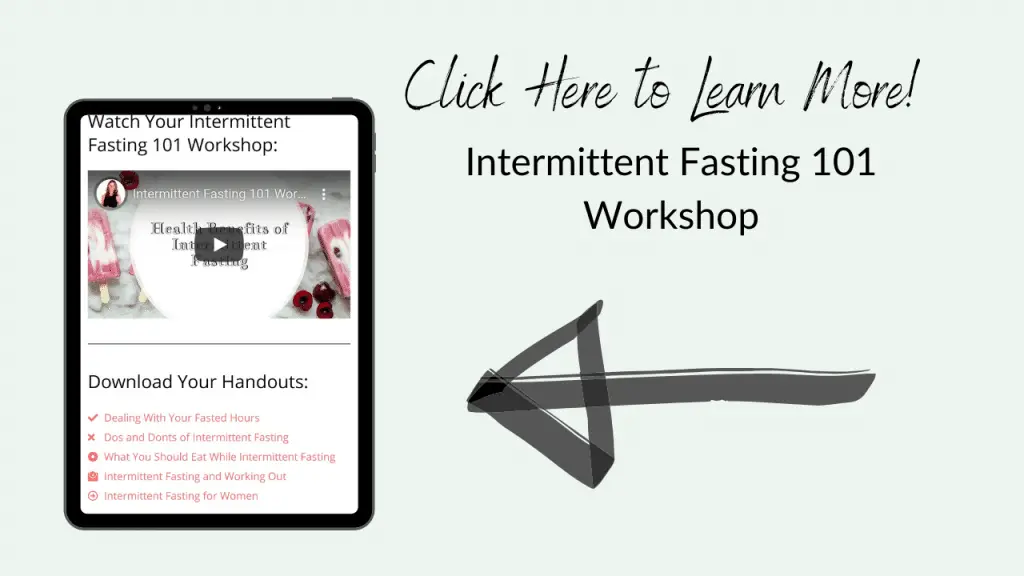
Fasting to Achieve Ketosis
Achieving ketosis is key to feeling great when intermittent fasting. That is how you will help your body not depend on carbs so much by becoming metabolically flexible.
When you fast for about 12 hours, your body starts running out of glucose and using your fat cells to produce ketones. However, to really notice a difference in the way you feel, your ketone level needs to be at around 1 mmol/L. This usually takes at least 18 hours of fasting (I would get there after 16 hours when my carb intake was lower). Then, you want to make sure you maintain that level for at least two hours. That’s why I recommend intermittent fasting methods that require you to fast longer but less frequently.

Intermittent Fasting Methods to Consider
As you experiment with intermittent fasting, try my three favorite methods:
- Warrior Diet: Fast for 20 hours four dayts a week (Why You Should Consider Trying the Warrior Diet for Weight Loss).
- Eat-Step-Eat Methode: Two 24 hour fasts each week (Intermittent Fasting for Health and Weight Loss: The Eat-Stop-Eat Diet Explained).
- 5:2 Method: Eat 500 calories two days a week (The 5:2 Intermittent Fasting Method for Women).
After my first modified fast, I really enjoyed my breakfast still. Consequently, I preferred experimenting with one or two 24 hour fasts each week as well as the 5:2 method. Gradually, I moved towards the Warrior Diet five days a week. Now, I don’t miss breakfast ever! I feel amazing!
It’s up to you to find YOUR method.
I created my Intermittent Fasting 101 Workshop to provide you with more guidance. Don’t forget to check it out!

The number one reason women can’t lose weight is that they feel like they are fighting a constant battle against their own bodies. Intermittent fasting will help you learn to listen to your body and respect your body by discovering your true hunger cues as well as monitoring your energy levels and your mood.
Weight Loss in Perimenopause Video



